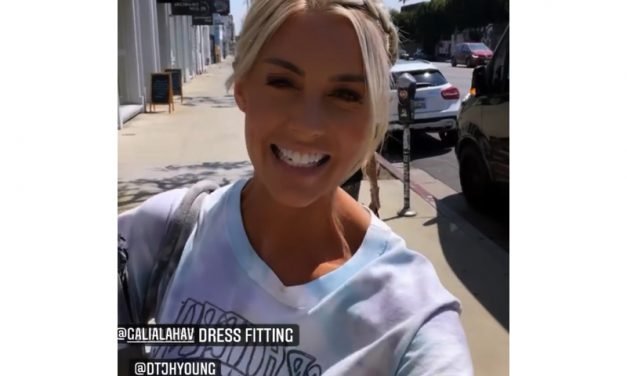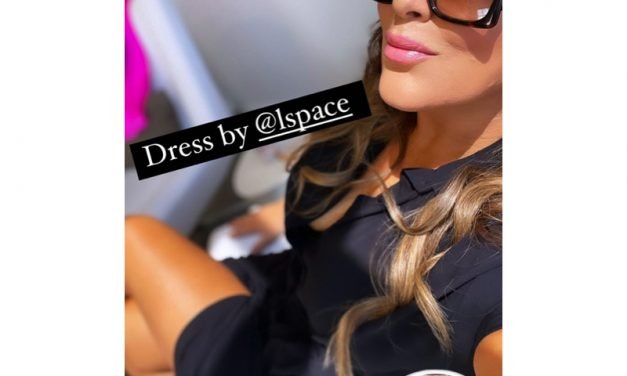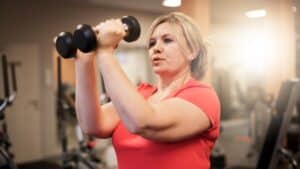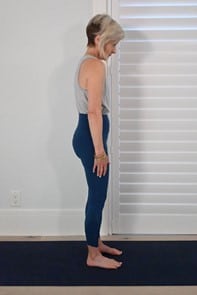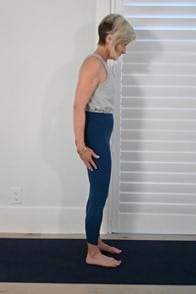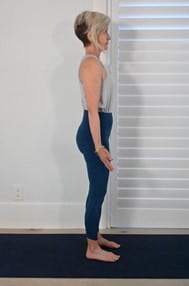Lisa Hochstein’s Pink Ribbed Cutout Dress
Lisa Hochstein’s Pink Ribbed Cutout Dress on Instastories
Real Housewives of Miami Instagram Fashion 2021
If there’s one thing we can recommend to all of you ladies reading this, it’s to get a friend with benefits. And no, not that kind, but someone like Lisa Hochestin who you can always rely on to provide great style inspa like with this pink ribbed cutout dress (and possibly access to free or discounted beauty services like we’re assuming she gave Larsa).
Fashionably,
Faryn
Click Here to Shop Her Jonathan Simkhai Dress in Pink or Grey
Click Here For Additional Stock
Photos: @LisaHochstein
Originally posted at: Lisa Hochstein’s Pink Ribbed Cutout Dress
Read More




